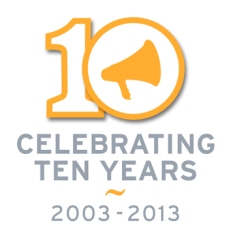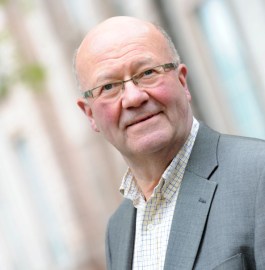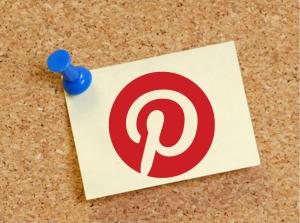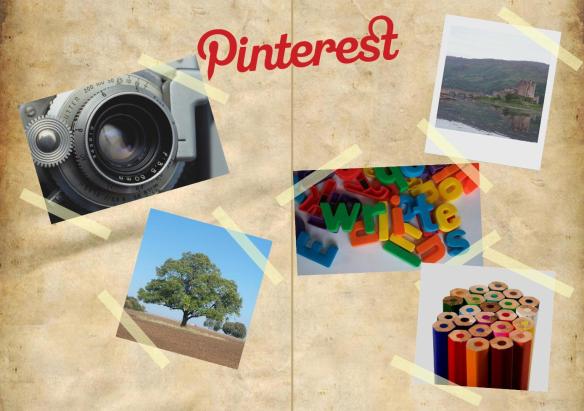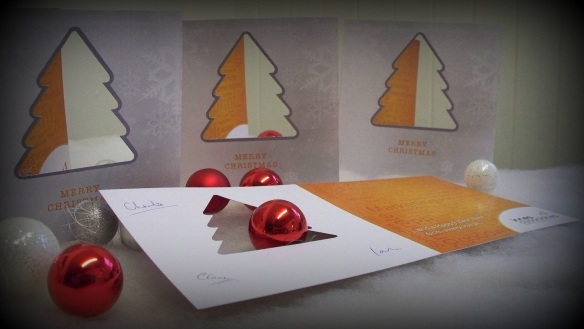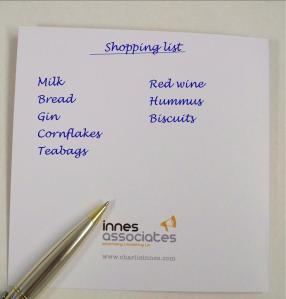Are companies too quick to change their branding or ditch an ad campaign? We take a look at how history can repeat itself in marketing and beyond.
The old adage of holding onto something for long enough and it’ll come back into fashion seems truer today than ever. Perhaps it’s this age of austerity that we’re living in or that these items have an emotional pull that makes us look back fondly on a certain point in time. Maybe it’s just that we like to get our money’s worth out of a product! Whatever the reason, many things that were sales successes decades ago are among today’s must haves.
If you were a child of the 1970s and 1980s you probably got busy with the fizzy and were used to the iconic sound that a Soda Stream made. The machine and the bottles have undergone a few redesigns over the last 30 years, but Soda Stream’s sales are once again rising – up 25% in 2013. If you’re still using the version with the glass bottles you’ll probably be seen as the height of retro fashion.
When it comes to toys and games, some things have an enduring appeal. Board games such as Monopoly and Cluedo have remained popular for over 60 years, and building just wouldn’t be the same without Lego. One game that became popular with youngsters again recently was Subbuteo. Originally manufactured in the late 1940s the game was a mainstay of kids’ toy boxes until the mid 1990s when production stopped. With lots of accessories you could recreate your favourite teams and even stadia! Production started again in 2012 and youngsters once again discovered the joy of Subbuteo – also the injury your finger sustained from flicking the little figures…! With the FIFA World Cup just round the corner, players young and old will no doubt be laying the green Subbuteo cloth over the kitchen table and getting competitive with the plastic men wobbling about after the ball.
Even computer technology launched in the 1980s is being reinvented. The Sinclair ZX Spectrum was a popular home gaming computer and over its 10-year production run around five million of the British-built devices were sold. Now mobile games firm Elite Systems is aiming to reinvent the iconic computer as a Bluetooth keyboard that can play an array of classic games on phones and tablets. ‘Head over Heels’ or ‘Arkanoid’ anyone?
As was shown last year it is not just products that can be successes 20 years later, but music too. In 1994, when starring in Byker Grove as PJ and Duncan, Ant and Dec reached number one with ‘Let’s Get Ready to Rhumble’ and in 2013 after performing it on their Saturday Night Takeaway show it hit the top of charts once again as a result of downloads.
Over the last couple of years two things have become fashion must haves – quilted jackets and leather satchels. Walk down the street in any city recently and you were bound to see someone in a quilted jacket. They were the height of fashion in the 1970s and early 1980s, were revived and remodelled in the 1990s as puffa jackets, before Barbour added their twist in 2012 and every clothing manufacturer jumped on the bandwagon. The humble leather school satchel that carried every primary school pupil’s jotters until the late 1980s has also become a must-have accessory. The bag has been jazzed up from its brown origins and can now be bought in all sorts of vivid colours.
Even the royals are famous fashion recyclers. The Queen has been known to dust off the same outfit time and again; recently she was snapped wearing a coat that she bought in the 1960s. Her Majesty’s make do and mend attitude has also rubbed off on her children. Princess Anne has been known to sport outfits 20 years after she first wore them and Prince Charles has been seen wearing 40-year-old shoes and darned jackets.
Marketeers and advertisers aren’t averse to delving into their promotional archive and blowing the dust of successful campaigns from bygone years. We’ve seen many of them do it and to great effect. Milky Way revived its ‘Red car and the Blue car’ advert 20 years after it was aired, while Persil, Fairy and Tennent’s all looked to their advertising past for inspiration for TV campaigns 25 years on.
When it comes to brand identity, however, some firms don’t bother undertaking rebranding exercises. Instead they just update their brand to prevent it from becoming dated. Shell’s Pecten has stood the test of time over the last 114 years, with only its shape and the typography used altering slightly. The most drastic changes were the introduction of red and yellow in 1948 and then the removal of the word Shell in 1999. This is how it has evolved.
Motor manufacturers are another example of brands that rarely change their logo. Mercedes-Benz, Audi, Volkswagen, BMW, Ford, Chevrolet and Toyota have all made few changes to their identities. However, Fiat has changed its logo several times throughout its history and the most recent incarnation from 2006 takes inspiration from the badge of the 1930s that adorned vehicles for more than 30 years.
Regardless of whether it is something in our home, an item of clothing or even an ad campaign, hang on to it for long enough and it will be back into vogue before we know it. Maybe we should also take the view of ‘if it ain’t broke, don’t fix it’, and save ourselves a lot of hassle and money. Let’s hope we’ve seen the back of some things though. Do we really need shellsuits again…?


